With management and conservation cutbacks looming, the future of Pennsylvania’s fisheries depends on anglers’ leadership in footing the bill
Hunters and anglers have always stepped up to the plate when it comes to conserving our best fish and wildlife habitat for future generations. Right now, Pennsylvanians have another golden opportunity to do just that.
In recent years, fish and wildlife conservation programs at both the state at federal level have seen cuts in funding, leading to fewer quality hunting and fishing opportunities across the country. Among those agencies affected by this trend is the Pennsylvania Fish and Boat Commission, which is tasked with providing safe access to Pennsylvania’s 86,000 miles of rivers and streams, the most of any state in the lower 48. The commission also handles the enforcement and regulation of boating and fishing on all waters within the Commonwealth. Revenue from the sale of fishing licenses provides the PFBC with its primary source of funding, and it receives no money from the state general fund. In short, this model means that the PFBC’s scope of responsibilities has no bearing on the size of its budget.
The last increase in recreational angling license fees occurred in 2005, thirteen years ago. Only eight years later, expenses were projected to soon outpace revenues, and in an effort to lower operating costs the PFBC planned to close two hatcheries. The announcement caused an outcry among sportsmen, and as a result lawmakers in 2013 promised to work alongside the agency toward a license fee increase.
Five years later, little progress has been made. And, still, the PFBC continues to operate with diminished funds.
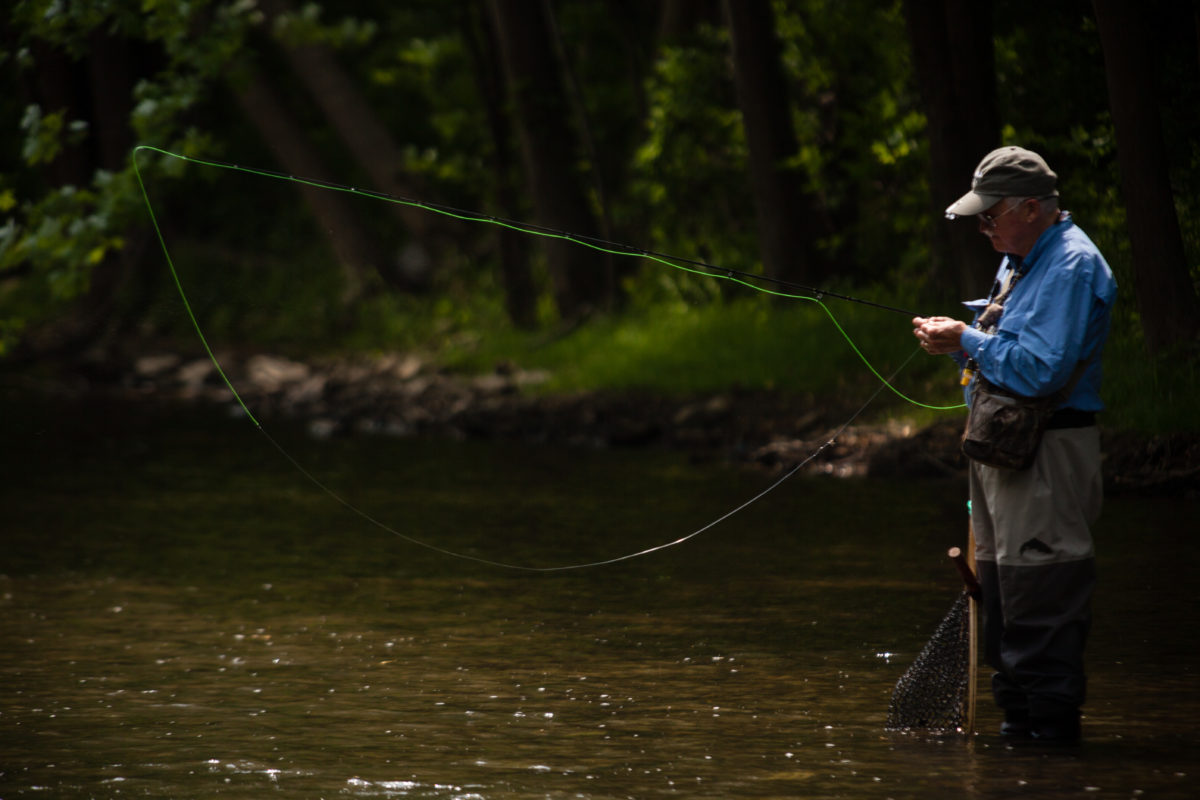
The most visible consequence of this inaction is fewer wildlife conservation officers, who not only respond to waterway emergencies but also investigate pollution reports and provide resource education.
Less visible, however, is the effect of declining revenues on conservation programs, like the wildly successful Unassessed Waters Initiative, a collaborative effort by the PFBC and conservation groups. Guided by recommendations from sportsmen and anglers, PFBC staffers and wildlife science students from local colleges visit streams that have never been surveyed to document the presence of wild trout. Waters with wild trout populations often qualify for additional protections, so that these habitats and the fishing opportunities they offer will be conserved for generations to come.
Given the sheer volume of running water in Pennsylvania, this is a time-intensive effort. As of January 2017, PFBC staffers and partners had only surveyed approximately 32,442 stream miles, but a more robustly funded PFBC would allow the UWI to operate at full potential. “A license fee increase would have a profound impact on the Unassessed Waters Initiative,” says George Kutskel, an officer for the Pennsylvania Council of Trout Unlimited.
Legislation that has been introduced in the state capital could provide the agency with the license fee increase it needs to operate conservation programs currently under threat. The bill’s future, however, remains uncertain. While some have raised concerns regarding the amount of the proposed increase, the PFBC has determined that a $7 increase on the cost of an annual fishing license would allow the agency to better fulfill its mandate to “protect, conserve, and enhance the commonwealth’s aquatic resources.”
Despite the tremendous good that this license fee increase would do for fish, clean water, and the future of Pennsylvania’s angling traditions, sportsmen and women will only see progress on this front in the next legislative session if we make our voices heard. Concerned residents should let their state representative or senator know the importance—and urgency—of this issue.
Pennsylvania residents can look up contact information for their state representative and state senator at the following link:
http://www.legis.state.pa.us/cfdocs/legis/home/findyourlegislator/
Photos courtesy: Chesapeake Bay Program

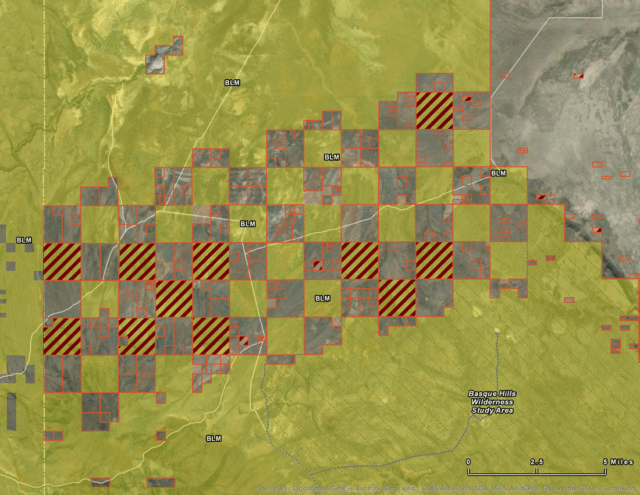
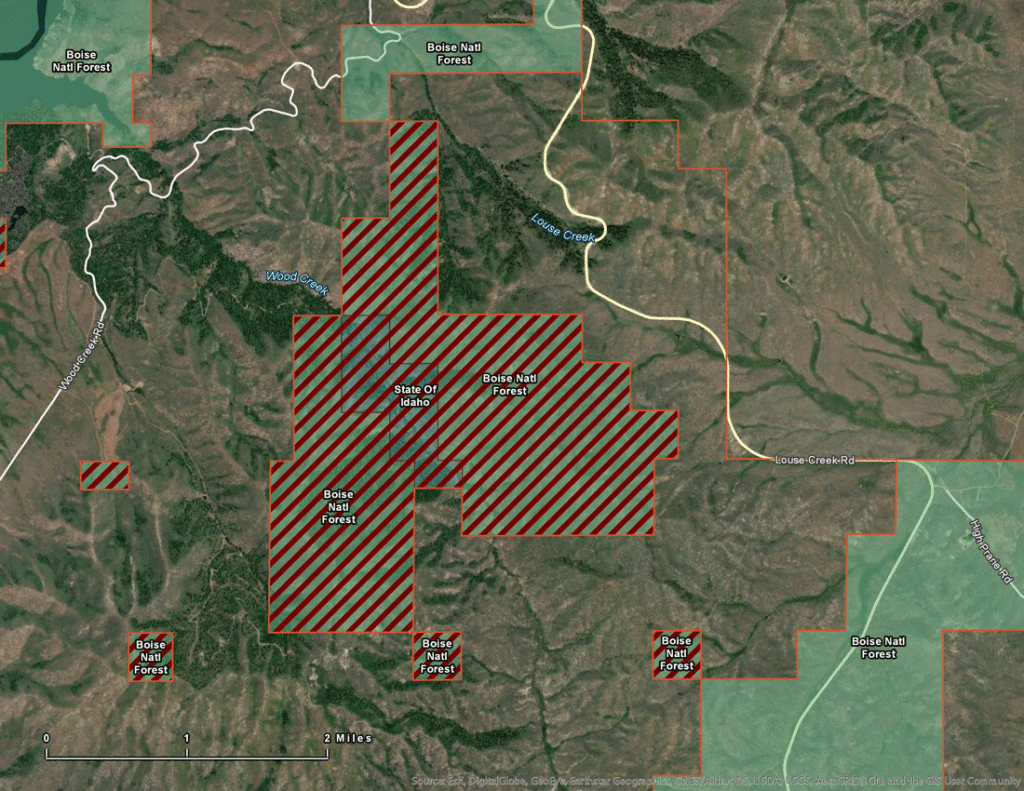
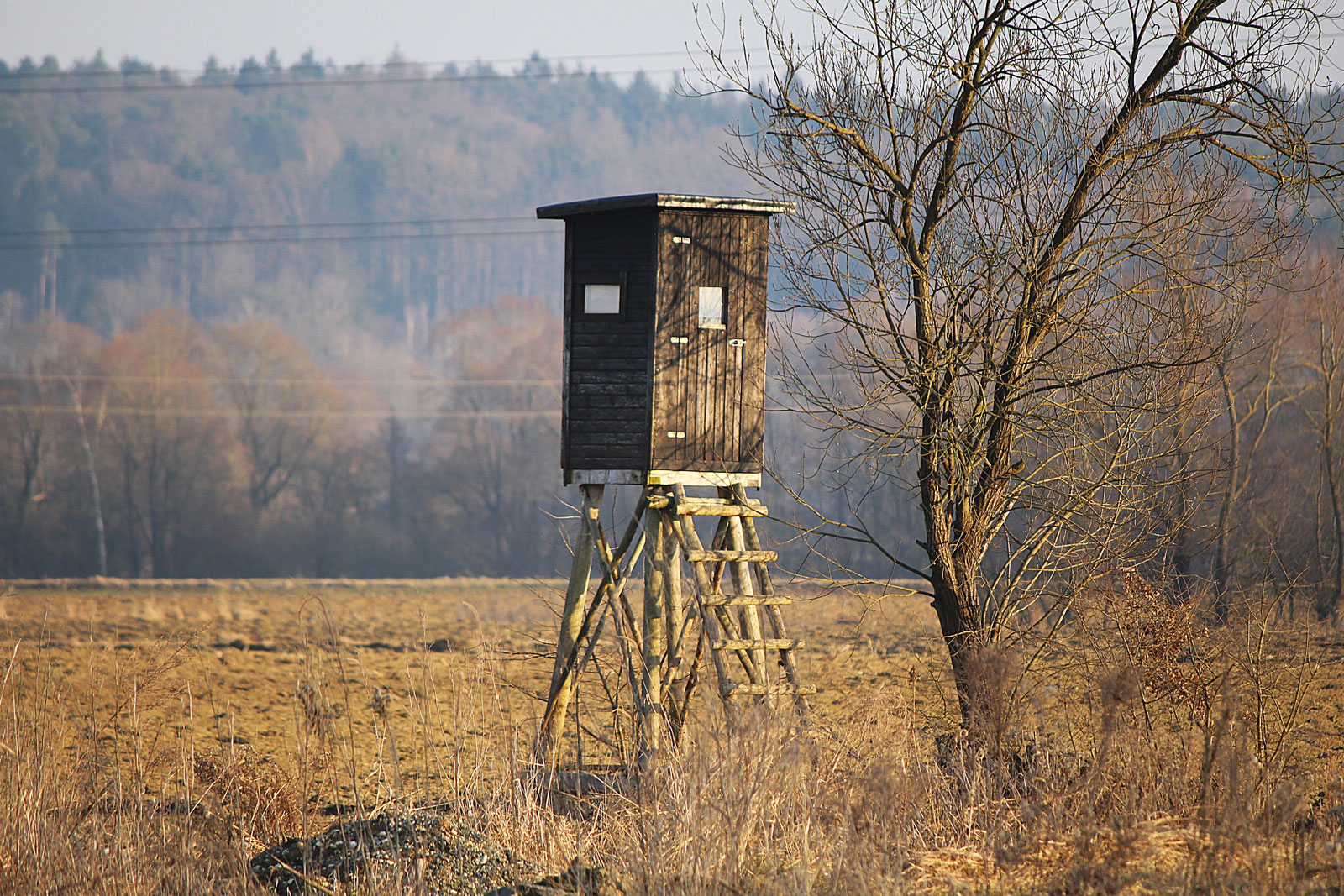
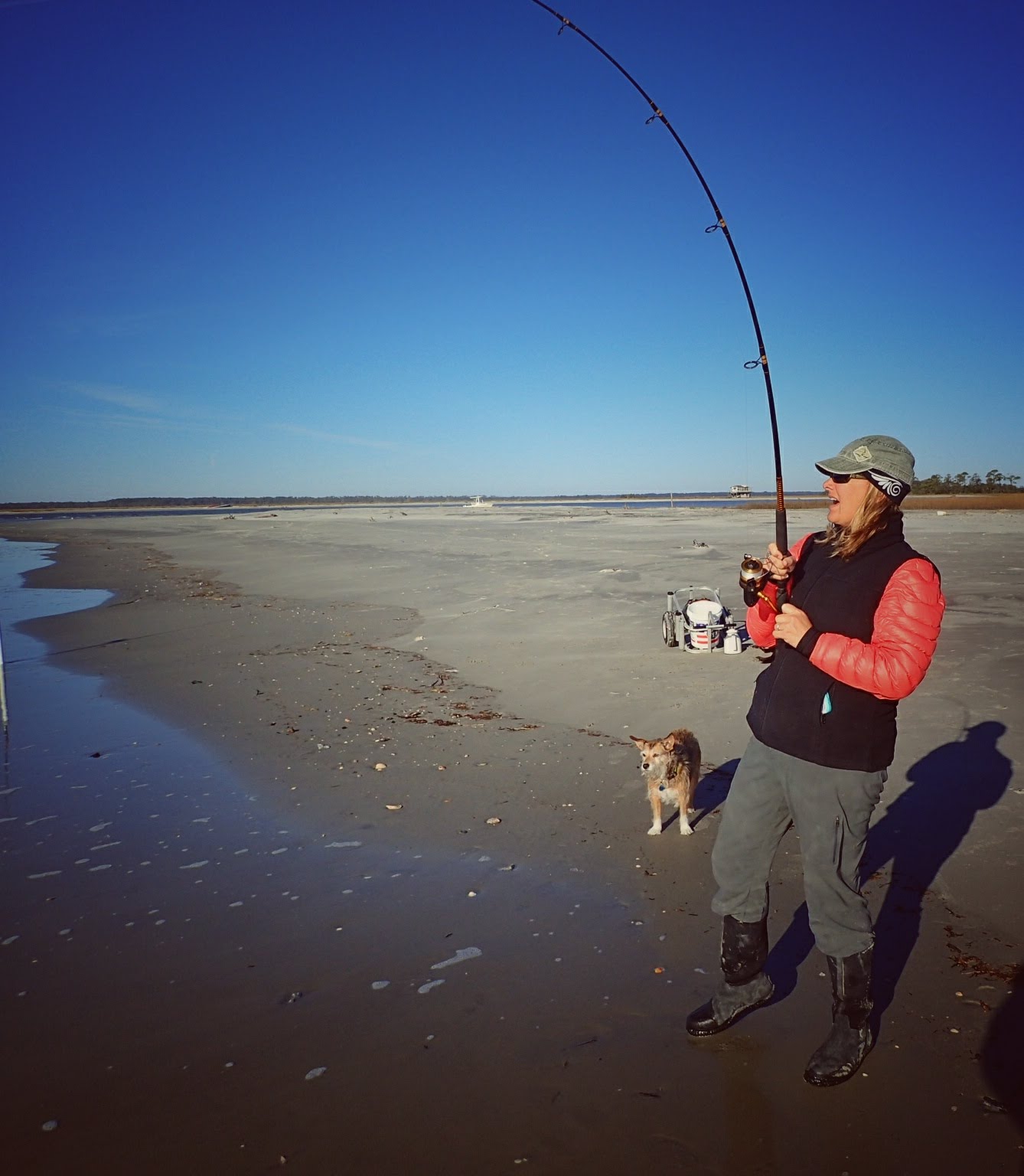
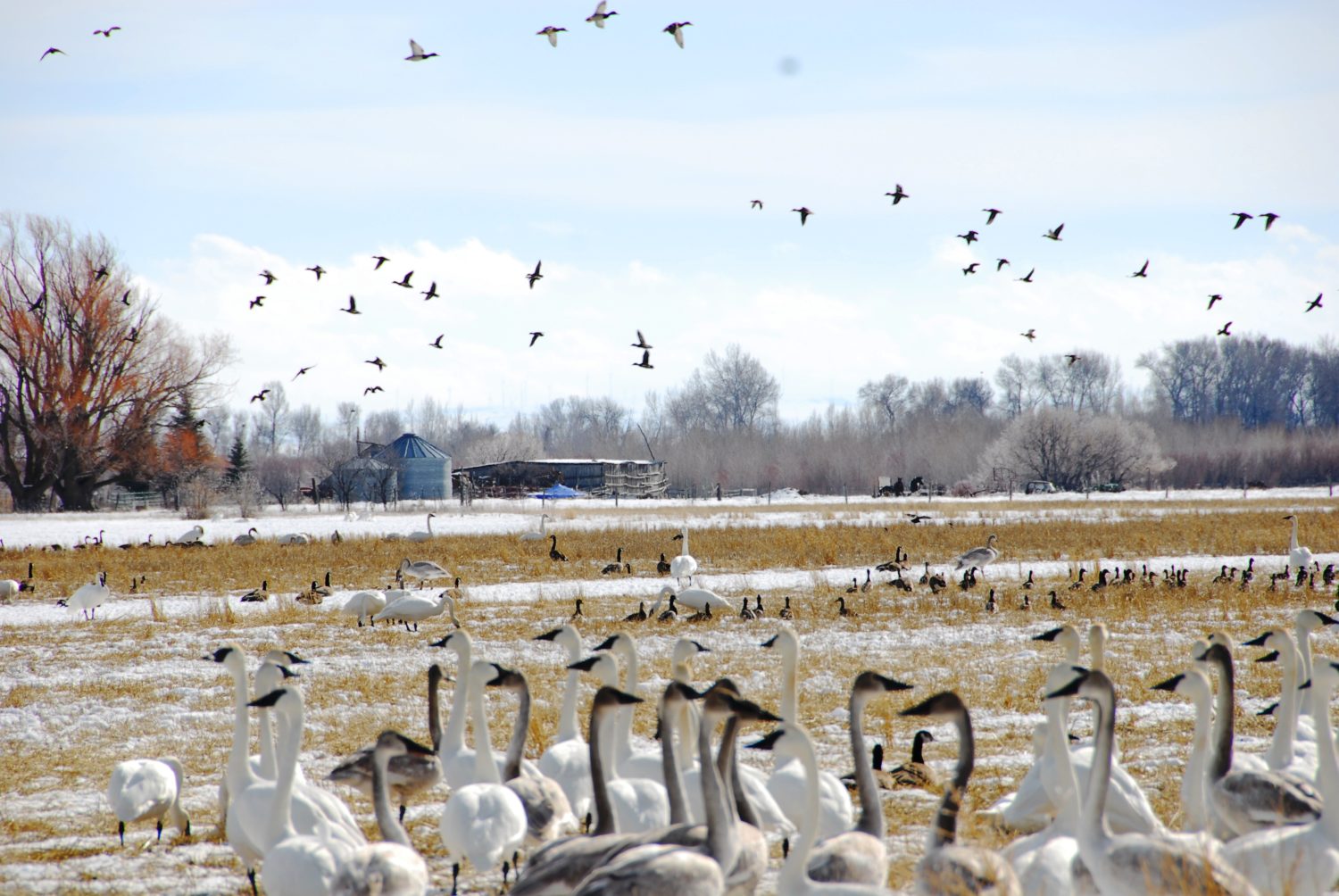
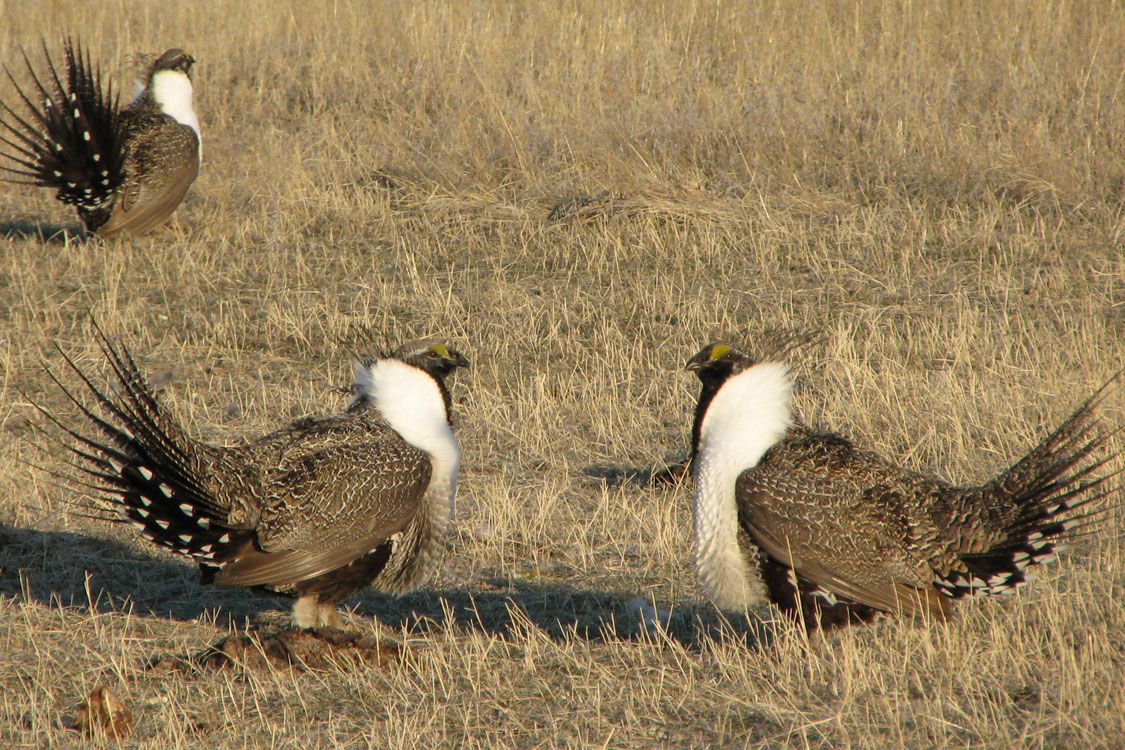
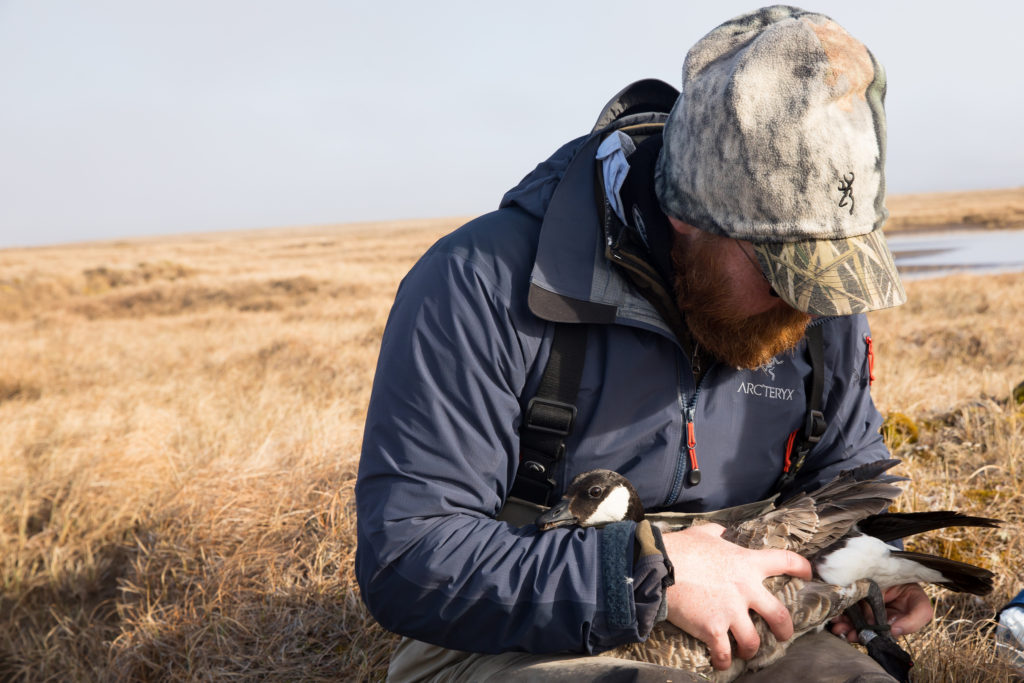
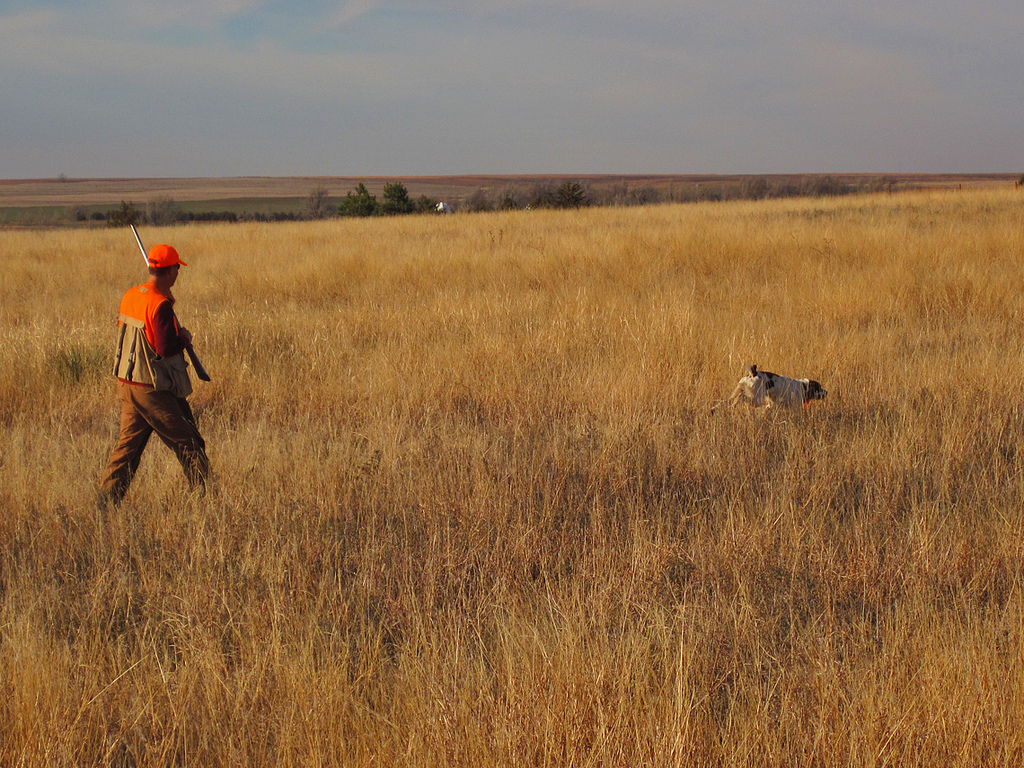
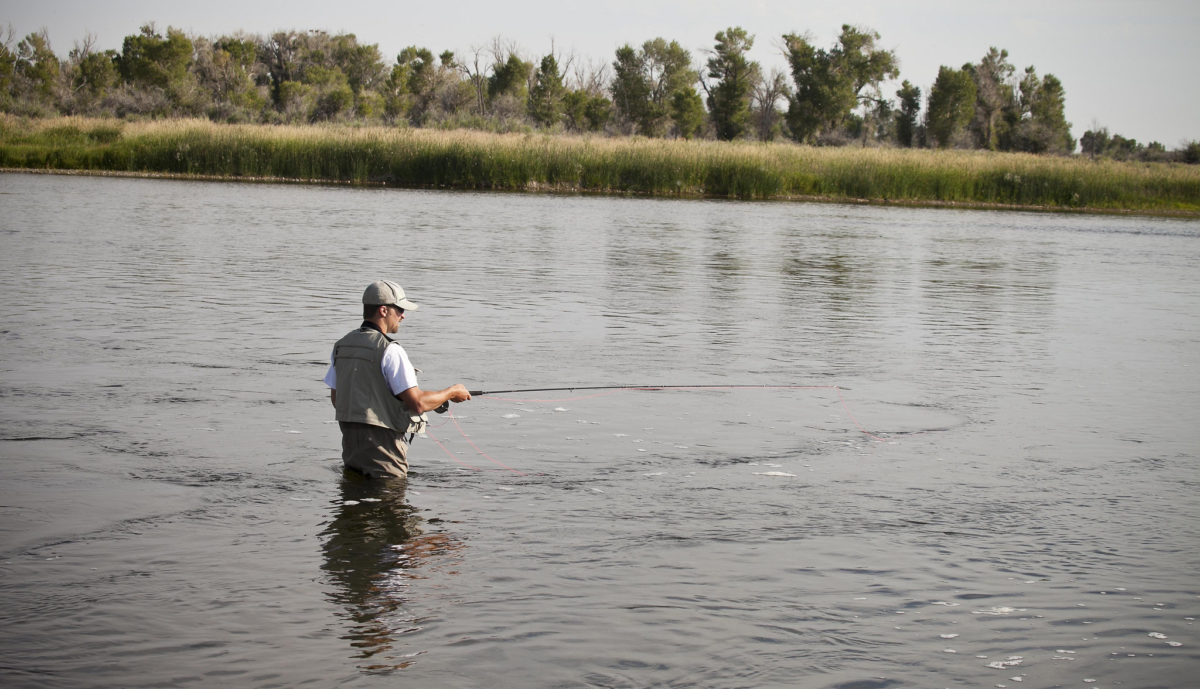
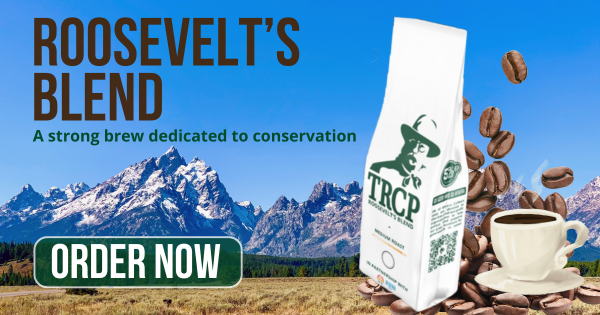



I get a bit tiered of paying for a trout stamp when I would never keep a trout, just so that others can take home piles of trout, need much more catch and release, sick of paying for put and take. I have purchased license and stamps since 1969 and have not kept a trout since 1976, It is a much better deal to go out of state